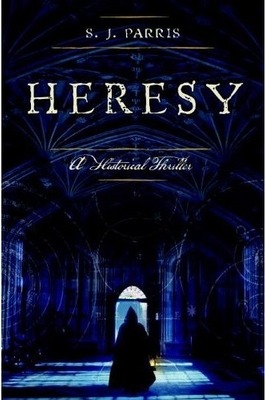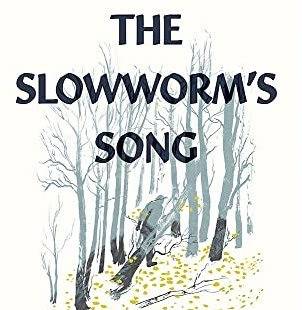 Every year, on 17 February, a motley crowd gathers under the banner of the Italian Association for Freethinking in Rome’s Campo dei Fiori to lay wreaths and poems at the foot of a statue commemorating the piazza’s most famous victim of religious persecution. The man immortalised there is elusive, even when cast in bronze; his face remains half-hidden by his monk’s cowl, and he clasps an unknown book in his hands. Perhaps it is a copy of Erasmus’s Commentaries, the book he is said to have thrown into the privy at the monastery of San Domenico Maggiori in 1576, to hide it from the Roman Inquisition.
Every year, on 17 February, a motley crowd gathers under the banner of the Italian Association for Freethinking in Rome’s Campo dei Fiori to lay wreaths and poems at the foot of a statue commemorating the piazza’s most famous victim of religious persecution. The man immortalised there is elusive, even when cast in bronze; his face remains half-hidden by his monk’s cowl, and he clasps an unknown book in his hands. Perhaps it is a copy of Erasmus’s Commentaries, the book he is said to have thrown into the privy at the monastery of San Domenico Maggiori in 1576, to hide it from the Roman Inquisition.
I have been fascinated by this man, the philosopher Giordano Bruno – ex-monk, poet, playwright, fugitive, heretic, proto-scientist, magician, spy – for years, since I first stumbled across him in a book on Renaissance philosophy. Born in 1548 in Nola, near Naples, and burned at the stake for heresy by the Catholic church in 1600, Bruno has become over the centuries all things to all men. He openly supported the Copernican theory of cosmology, and went further still by suggesting that the universe might be infinite. For this, some have hailed him as the first martyr for science.
But Bruno was also fascinated by occult philosophies, particularly the pseudo-Egyptian cult of Hermes Trismegistus, so perhaps it’s not quite accurate to describe him as a rationalist hero, though he is not alone among Renaissance thinkers in mixing his scientific enquiry with a heavy dose of alchemy and even magic. But I’ve always admired Bruno for his willingness to defy the limitations placed on the imagination and intellectual curiosity by organised religion – he achieved the impressive feat of being tried for heresy by both the Catholic Church and the Calvinists.
In 1583, having worked his way up from fugitive heretic (he had to flee his monastery in Naples after the privy incident, resulting in his excommunication) to personal tutor to the king of France, Bruno fled again to England. It was the historian John Bossy who first explored the theory that while there, Bruno worked as a spy for Sir Francis Walsingham, Elizabeth I’s Secretary of State and the man widely regarded as the father of modern espionage. I’d wanted to write a novel about Bruno’s life for years, and this idea was the spark that ignited the plot of Heresy, the first in a series of historical thrillers centred around Bruno’s adventures (published under the pen name SJ Parris).
From contemporary accounts of Bruno, we know that he was a charismatic character, witty, provocative and a popular addition to any dinner party – he had lived on his wits for seven years between escaping the Dominican order and fetching up in London. He had a gift for making friends and enemies in equal measure – his public debates at Oxford on Copernicanism were a disaster, not least because the English dons mocked his accent – and he became close to some of the leading writers of Elizabethan London, including the poet Philip Sidney and his circle.
Bruno always struck me as a man at odds with his time, a man whose unusually progressive ideas set him apart from those around him. Excommunicated, exiled, permanently looking over his shoulder, Bruno is the perfect outsider, the perfect flawed hero for a detective or spy novel. The challenge was to make my fictional Bruno modern enough to be sympathetic to readers, and Renaissance enough to be plausible.
Many disparate groups gather around the statue in the Campo dei Fiori on the anniversary of his execution, each of them celebrating, in their way, the importance of free thought at the very place where he was burned for it. If free thinkers had saints, he would be leading the parade.
Heresy is published by HarperCollins. The next book in the series, Prophecy, will be publishing in March 2011.

